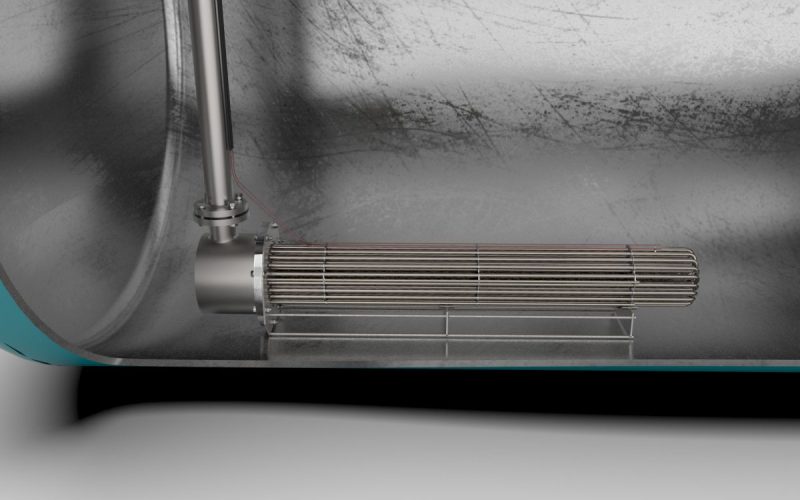In today’s world, where technology and innovation are constantly shaping our daily lives, the demand for durable and reliable materials has never been greater. Among the many properties that engineers and designers strive to incorporate into their creations, heat water resistance is a crucial consideration for a wide range of applications. Whether it’s a household appliance, an industrial component, or a medical device, the ability to withstand the damaging effects of hot water is essential for ensuring safety, performance, and longevity.
Delving into the concept of resistance to heat water
Heat water resistance, also known as ‘hot water resistance’ or ‘thermal resistance to hot water’, refers to a material’s ability to maintain its structural integrity, functionality, and appearance when exposed to hot water or steam. This property is particularly important in applications where materials come into direct contact with hot water, such as plumbing fixtures, water heaters, and medical equipment.
The resistance of a material to heat water depends on several factors, including its chemical composition, molecular structure, and processing methods. Materials that are inherently heat-resistant, such as certain types of plastics, metals, and ceramics, possess molecular bonds that can withstand high temperatures without breaking down or deforming. Additionally, the processing methods used to manufacture a material can influence its heat resistance properties. For instance, crosslinking polymers during plastic production can enhance their ability to withstand heat.
Unveiling the characteristics of heat water resistant materials
Heat water resistant materials exhibit a range of characteristics that make them suitable for applications involving exposure to hot water or steam. These characteristics include:
- High heat tolerance: Heat water resistant materials can withstand elevated temperatures without melting, softening, or losing their structural integrity. This ability to maintain their shape and strength is crucial for preventing failures and ensuring safety in hot water environments.
- Chemical stability: Exposure to hot water can often lead to chemical interactions between the material and the water. Heat water resistant materials are designed to resist these interactions, preventing corrosion, leaching, or degradation of the material’s properties.
- Dimensional stability: Heat water resistant materials maintain their dimensions when exposed to heat, preventing warping, shrinking, or swelling. This dimensional stability is essential for ensuring proper fit and function in applications where precise tolerances are required.

Exploring the functionality of heat water resistant materials
The functionality of heat water resistant materials lies in their ability to perform their intended purpose while maintaining their integrity under exposure to hot water or steam. This functionality is crucial for a wide range of applications, including:
- Plumbing fixtures: Heat water resistant pipes, fittings, and valves are essential for plumbing systems, ensuring the safe and efficient distribution of hot water throughout a building. These components must withstand the pressure and temperature fluctuations that occur in plumbing systems without leaking, cracking, or corroding.
- Water heaters: Water heaters, which store and heat water for domestic or commercial use, rely on heat water resistant materials for their tanks, heating elements, and internal components. These materials must be able to withstand the high temperatures and pressures generated within the water heater without compromising the integrity of the appliance.
- Medical devices: In the medical field, heat water resistant materials are used in a variety of devices, such as catheters, sterilization equipment, and surgical instruments. These materials must be able to withstand repeated exposure to hot water and sterilization processes without degrading or releasing harmful substances.
Applications: domestic and commercial settings
The applications of heat water resistant materials extend far beyond the examples mentioned above, encompassing a diverse range of domestic and commercial settings. Some common examples include:
- Domestic appliances: Dishwashers, washing machines, and coffee makers often incorporate heat water resistant components to handle the high temperatures and pressures involved in their operation.
- Food processing equipment: In the food industry, heat water resistant materials are used in cooking utensils, piping systems, and cleaning equipment to ensure hygiene and prevent contamination.
- Industrial machinery: Industrial machinery that involves the use of hot water or steam, such as boilers, heat exchangers, and cooling systems, relies on heat water resistant materials for safe and reliable operation.
Conclusion
Heat water resistant materials play a vital role in our modern world, ensuring the safety, functionality, and longevity of a vast array of products and equipment. From the plumbing in our homes to the machinery in our industries, these materials stand as a testament to human ingenuity and our ability to create durable solutions that can withstand the challenges of hot water environments. As technology continues to advance and our demands for reliable materials grow, the importance of heat water resistance will undoubtedly remain at the forefront of material science and engineering.
Visit: water springs.

